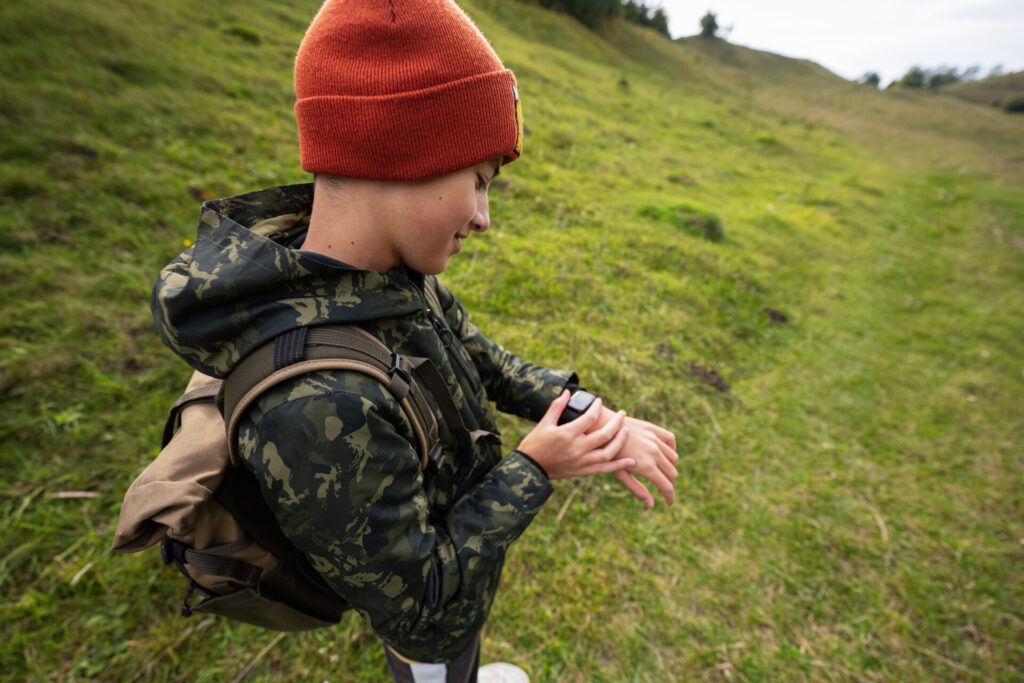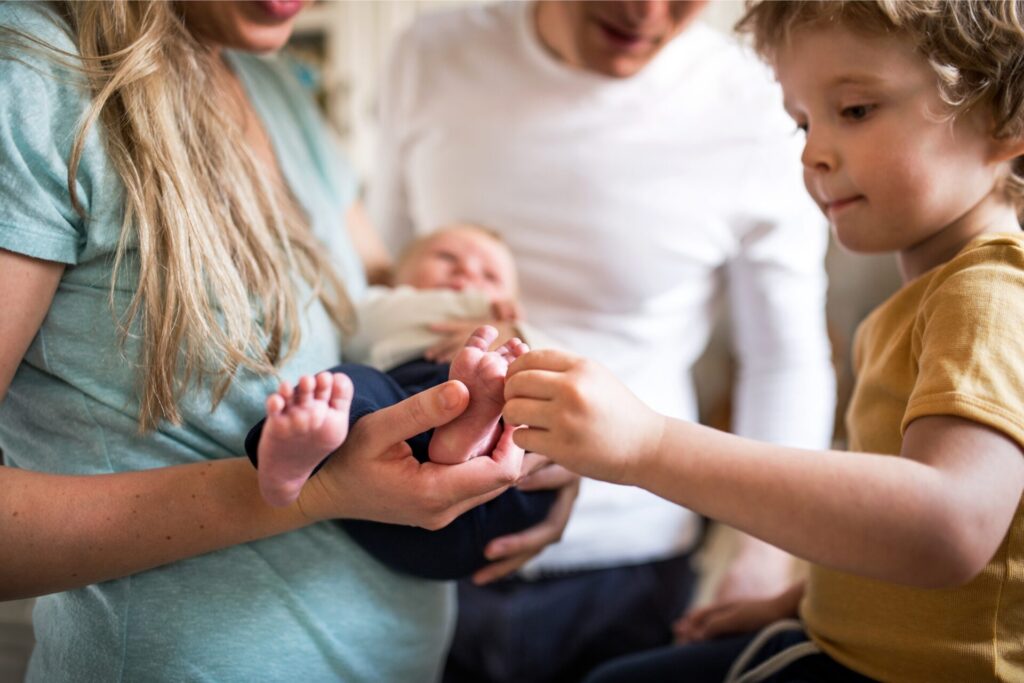 Children use different materials and create new things that represent people, things, places and events. This kind of play is the most common form of play in preschool children.
Children use different materials and create new things that represent people, things, places and events. This kind of play is the most common form of play in preschool children.
Children are creative by nature
Children are natural builders. They are engineers with blocks, artists with paint, sculptors with clay and designers with junk.
Children love to make pictures and things with clay, sand, mud, blocks and building sets such as Lego.
They like to draw and paint pictures of people, things and even abstract ideas such as beauty, war or death.
Watching thinking in action
Watching your child build and create is watching thinking in action.
In making a sand castle, for example, your child must experiment to find out what mixture of sand and water will work. She (or he) also has to use her memory of what castles look like.
Playing with blocks putting them together, taking them apart, building them again and organizing the different kinds is very good play for children.
Its fun, and it also helps them develop mathematical concepts such as numbers, matching, grouping by shape and size, volume, measurement, relationships in dimensions, spatial relationships, symmetry, sequence and fractions.
This kind of play also lets children learn about some scientific principles such as force, gravity, motion and balance.
Materials for building and creating
Creating with art materials lets children make choices and experiment. Using materials to represent something else gives your child a challenge, a problem to solve. Your children's experiences with creative art materials help them develop patterns for problem-solving.
When children are doing basic messing about play, they are learning some of the skills they need for building and creating. For example, learning to use a pair of scissors is a skill that will help your child build and create things later.
Stacking up and knocking down blocks over and over again is a basic skill needed for building towers and castles.
Children need to find out how crayons, markers and pencils make marks on paper (or other surfaces) before they can use them to make pictures or form letters of the alphabet.
Children need materials to make structures and pictures. Sand, clay and playdough (see the recipe on page 131) are good for moulding.
Blocks can be made from wood, plastic, cardboard or milk cartons.
Stones, sticks, wood scraps, buttons, string and scraps of fabric, and glue are all good materials for children's creations.
Paints, crayons, markers and all kinds of paper help children to practise making marks, print and draw pictures.
Ask your child to tell you more
You can make sure your children have the materials they need, but it also helps to ask questions, such as How did you get that wonderful colour of purple? and Tell me how your spaceship works.
Asking your children to tell you more about something they've created helps them imagine even more. It shows your children that you are interested in what they do.
Your children will like it if you show that you think their creations are important by hanging up their drawings or taking photos of their creations.
If you keep some examples of your children's creations, your children can also see how their pictures are changing as they grow.
Examples of building and creating play
2 to 6 years:
Give children an empty cardboard box used for a large appliance (such as a stove or washing machine). Follow their lead and be ready to help cut holes, locate the paint or glue, and find scrap materials.
9 months to 6 years:
Make your own playdough. Mix the following ingredients in a pot:
- 2 cups flour
- 1 cup salt
- 2 cups water
- 4 teaspoons cream of tartar
- 2 tablespoons cooking oil
- food colouring
Cook over medium heat until the mixture becomes like clay. Let it cool, and it's ready to use. Wrap the playdough well so your child can use it again, or keep your child's creations by letting them air dry.
18 months to 6 years:
You can make building blocks by filling large paper bags with newspapers and closing them with tape. Children can also help you make the blocks. Markers or paint can be used to decorate them.














